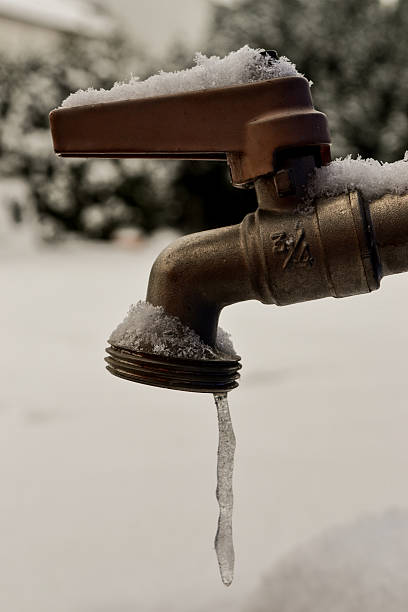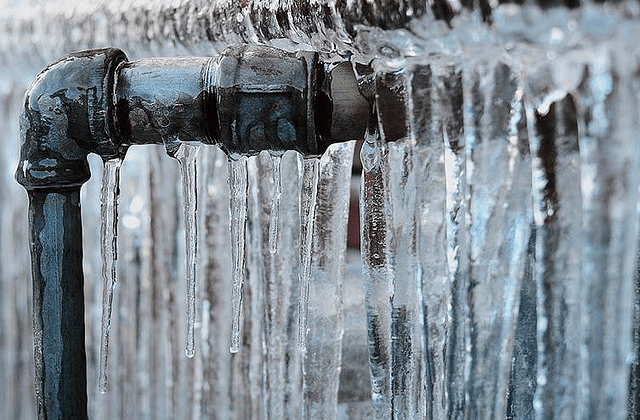Ways to Maintain Your Pipes from Cold Weather Issues: Essential Tips
Ways to Maintain Your Pipes from Cold Weather Issues: Essential Tips
Blog Article
Every person maintains their private theory involving How To Avoid Freezing Pipes.

Winter can ruin your pipes, especially by freezing pipelines. Here's just how to avoid it from taking place and what to do if it does.
Intro
As temperature levels drop, the danger of frozen pipes boosts, possibly resulting in expensive fixings and water damage. Understanding just how to stop icy pipes is important for home owners in cool climates.
Understanding Frozen Pipelines
What creates pipelines to ice up?
Pipelines ice up when subjected to temperatures listed below 32 ° F (0 ° C) for extended periods. As water inside the pipelines freezes, it expands, taxing the pipeline wall surfaces and possibly causing them to break.
Risks and damages
Frozen pipelines can bring about water supply disruptions, residential property damage, and costly repair work. Ruptured pipelines can flooding homes and create comprehensive architectural damages.
Indications of Frozen Pipes
Recognizing icy pipelines early can prevent them from rupturing.
Exactly how to identify icy pipelines
Try to find lowered water flow from taps, unusual odors or noises from pipes, and visible frost on subjected pipelines.
Avoidance Tips
Protecting prone pipes
Wrap pipelines in insulation sleeves or use heat tape to secure them from freezing temperatures. Focus on pipes in unheated or outside areas of the home.
Heating techniques
Maintain indoor areas adequately heated, particularly areas with pipes. Open cabinet doors to enable cozy air to flow around pipelines under sinks.
Shielding Exterior Pipes
Garden pipes and outside taps
Separate and drain pipes garden pipes prior to winter season. Install frost-proof spigots or cover outside faucets with shielded caps.
What to Do If Your Pipelines Freeze
Immediate actions to take
If you presume frozen pipelines, maintain taps open to relieve pressure as the ice melts. Utilize a hairdryer or towels taken in warm water to thaw pipes slowly.
Long-Term Solutions
Structural changes
Think about rerouting pipelines away from outside wall surfaces or unheated areas. Add added insulation to attic rooms, basements, and crawl spaces.
Upgrading insulation
Buy premium insulation for pipes, attics, and wall surfaces. Appropriate insulation assists preserve constant temperature levels and reduces the danger of icy pipes.
Conclusion
Avoiding icy pipelines requires aggressive actions and quick actions. By recognizing the reasons, indicators, and safety nets, property owners can protect their plumbing during cold weather.
5 Ways to Prevent Frozen Pipes
Drain Outdoor Faucets and Disconnect Hoses
First, close the shut-off valve that controls the flow of water in the pipe to your outdoor faucet. Then, head outside to disconnect and drain your hose and open the outdoor faucet to allow the water to completely drain out of the line. Turn off the faucet when done. Finally, head back to the shut-off valve and drain the remaining water inside the pipe into a bucket or container. Additionally, if you have a home irrigation system, you should consider hiring an expert to clear the system of water each year.
Insulate Pipes
One of the best and most cost-effective methods for preventing frozen water pipes is to wrap your pipes with insulation. This is especially important for areas in your home that aren’t exposed to heat, such as an attic. We suggest using foam sleeves, which can typically be found at your local hardware store.
Keep Heat Running at 65
Your pipes are located inside your walls, and the temperature there is much colder than the rest of the house. To prevent your pipes from freezing, The Insurance Information Institute suggests that you keep your home heated to at least 65 degrees, even when traveling. You may want to invest in smart devices that can keep an eye on the temperature in your home while you’re away.
Leave Water Dripping
Moving water — even a small trickle — can prevent ice from forming inside your pipes. When freezing temps are imminent, start a drip of water from all faucets that serve exposed pipes. Leaving a few faucets running will also help relieve pressure inside the pipes and help prevent a rupture if the water inside freezes.
Open Cupboard Doors
Warm your kitchen and bathroom pipes by opening cupboards and vanities. You should also leave your interior doors ajar to help warm air circulate evenly throughout your home.

We hope you liked our topic on Prevent Frozen Pipes . Thanks a ton for finding the time to read our content. Kindly pause to promote this blog if you liked it. Thanks so much for your time invested reading it.
View Website Report this page